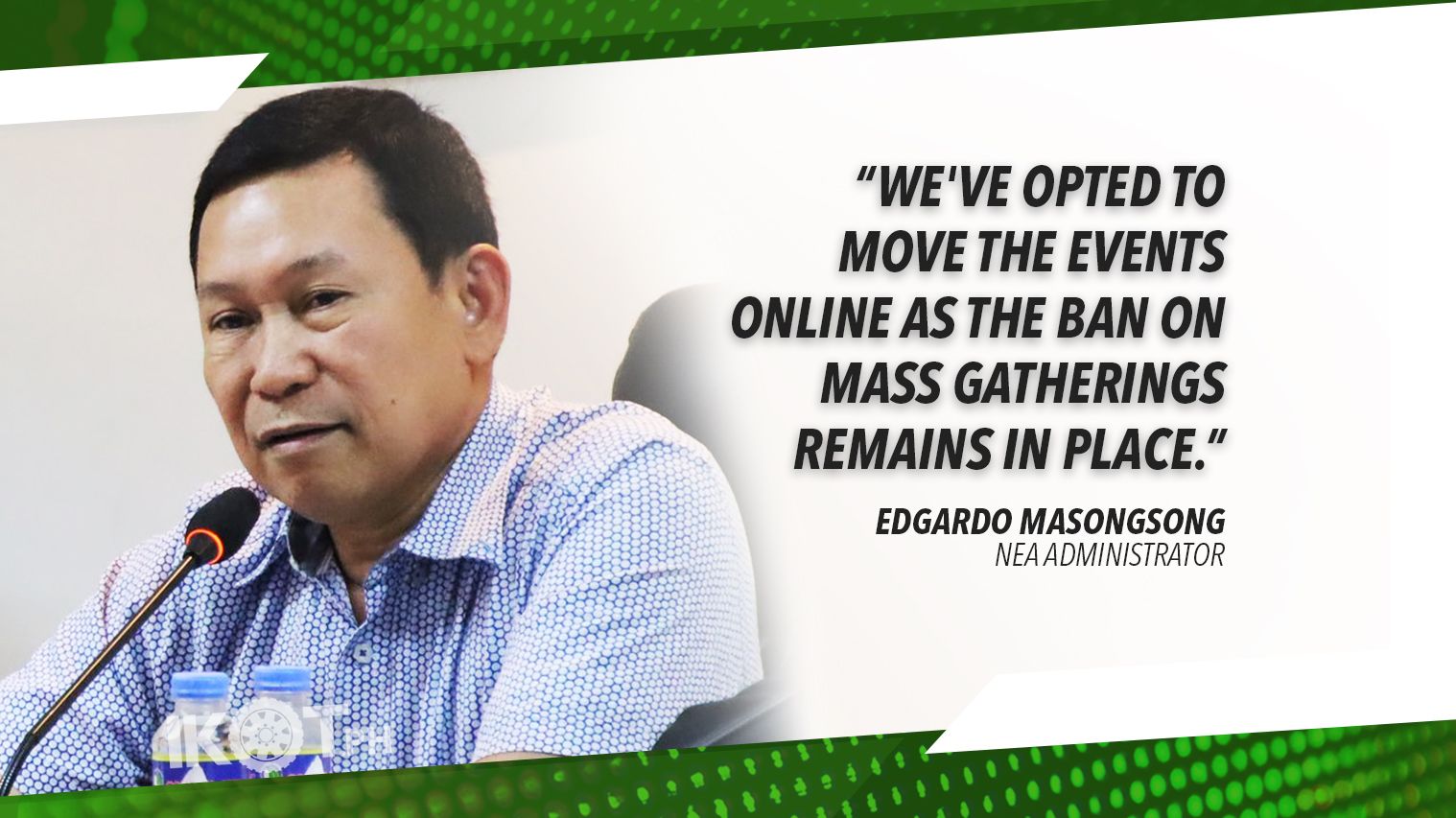The National Electrification Administration (NEA) has moved the celebration of the 11th National Electrification Awareness Month (NEAM) and its 51st Founding Anniversary online as the spread of the coronavirus disease (COVID-19) continues in the country.
NEAM, which is celebrated annually every month of August by virtue of Proclamation No. 1743 signed in March 2009 by then President Gloria Macapagal Arroyo, recognizes the significant contributions of electrification program in nation building.
The traditional NEA-EC Consultative Conference will also take place as an online event on August 4.
Anchored on the theme “Charging for the Future: Moving for a Resilient Rural Electrification Program,” this annual observance coincides with the NEA’s 51st founding anniversary.
Unlike the previous years, NEA Administrator Edgardo Masongsong said most of the celebration activities this year are going virtual due to the ongoing threat of COVID-19 pandemic in the country.
“This year, the celebration of the National Electrification Awareness Month and NEA’s anniversary is a departure from the traditional activities of the previous years due to coronavirus concerns. We’ve opted to move the events online, including the NEA-EC Consultative Conference, as the ban on mass gatherings remains in place,” Masongsong said.
The NEA kicked off the annual celebration with an online Thanksgiving Mass on Tuesday, July 28, which was officiated by Rev. Fr. Jerry Orbos and participated in by the officials and employees of electric cooperatives (ECs) from their respective offices.
It was followed by a national line clearing activity conducted simultaneously throughout the country by the ECs from July 29 to 31. In his memorandum to ECs, Masongsong emphasized that the activity must be carried out in accordance with Republic Act No. 11361, or the Anti-Obstruction of Power Lines Act.
“The public must know the importance of line clearing activities to ensure unhampered flow of electricity, and to satisfactorily meet the electricity needs of every consumer, especially now under the new normal,” the NEA chief said.
“The public must know the importance of line clearing activities.”
On August 3, the NEA and ECs will honor all line workers who risk their lives every day to keep the power on and to serve the member-consumer-owners. The virtual celebration of “Linemen Appreciation Day” will be hosted by the Philippine Rural Electric Cooperatives Association, Inc. (PHILRECA).
The traditional NEA-EC Consultative Conference will also take place as an online event on August 4, which is expected to be attended by Department of Energy Secretary Alfonso Cusi who also serves as the chairman of the NEA Board of Administrators.
“This COVID-19 pandemic challenged our way of life and impacted how we implement and sustain our Rural Electrification Program. The theme for this year, ‘Charging for the Future: Moving for a Resilient Rural Electrification Program,’ highlights the importance of adapting to the new normal,” said NEA Director Ana Rosa Papa, this year’s Overall Chairperson of NEAM and Anniversary Committee.
“As such, we call on all our stakeholders, especially the electric cooperatives, to innovate and step-up during this time of crisis. I hope that this humble celebration will remind all of us of the work that lies ahead and that we, at the NEA, will continue to give our support and guidance to the Rural Electrification Program,” Papa added.
The state-run agency, created as an institution in 1969 through Republic Act No. 6038, otherwise known as the National Electrification Administration Act, is mandated to carry out the total electrification of the country on an area coverage basis, with the 121 ECs as the implementing arm.
For the past 51 years, the NEA and its partner 121 power co-ops have successfully energized 78 provinces, 90 cities, 1,384 municipalities, and 36,048 barangays across the country.
NEA data as of May 2020 showed the overall level of energization within the coverage areas of ECs nationwide is at 96 percent or 13,809,630 connections out of the 14,335,784 potential consumers based on the 2015 census.

